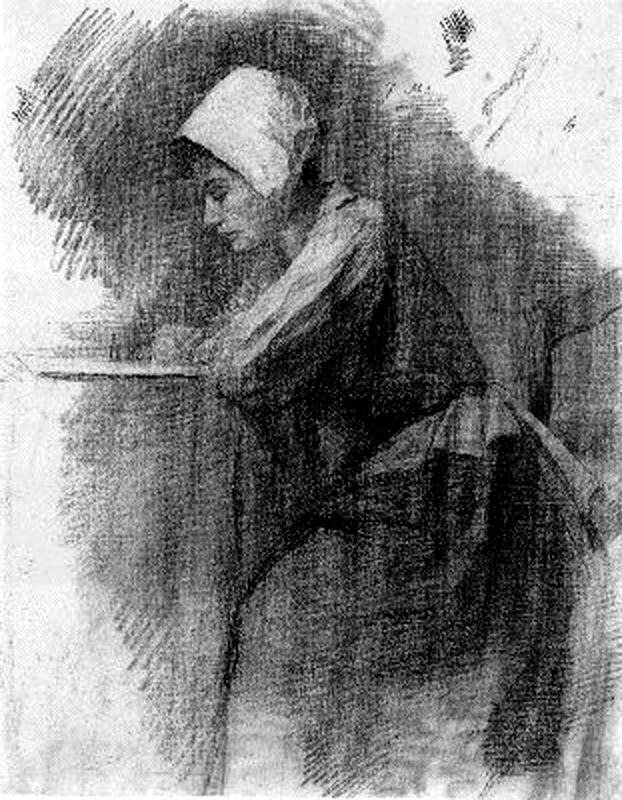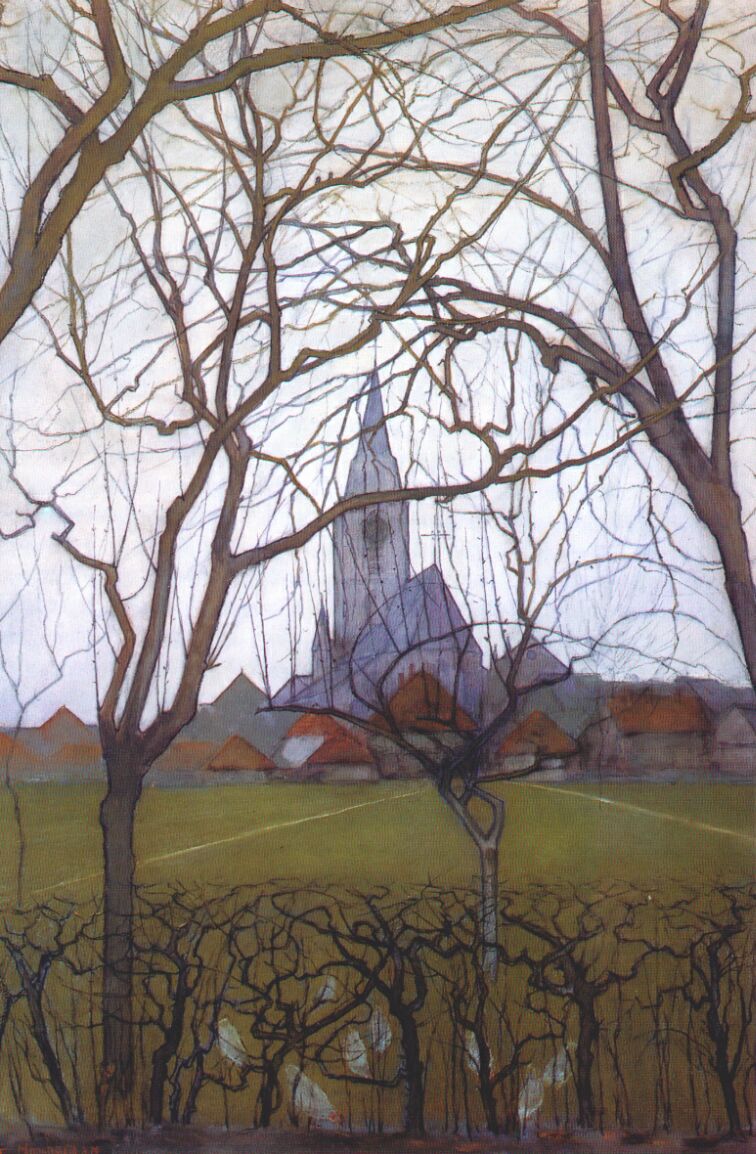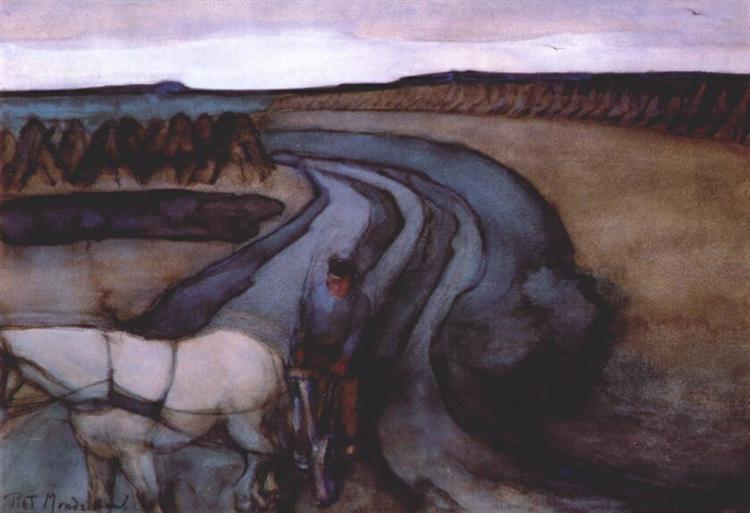配色-Table No. IV - Lozenge Composition
简介:《Table No. IV - Lozenge Composition》的配色图,配色百分比和色值,本作品是画家Pierre Mondrian于1925 年创作的一幅布面油画绘画作品。

配色数据:颜色百分比+色值 (配色基于AI视觉算法生成,点此反馈)
色环分布:小圆圈可选、可移动 ( 常用色环配色法→ )
作者:Pierre Mondrian Piet Cornelies Mondrian
作品名称:Table No. IV - Lozenge Composition
创作时间:1925 年
画作尺寸:142.8 x 142.3 cm
绘画类型:布面油画
流派:新造型主义
题材:抽象画
收藏于:National Gallery of Art, Washington, DC, US
This abstract geometric painting is slanted in a corner, creating a kind of rhombus instead of a square. The canvas surface is interlaced with an irregular grid of black lines that extend vertically and horizontally like an offset ladder. The black lines create different sized squares and rectangles with slightly different widths of the lines. A complete square is located in the center of the composition and is painted white. Other rectangles are incomplete, their corners are cut by the edges of the canvas, and each rectangle is a different shade of white with hints of pale blue and gray. The black grid intersects the slanted edges of the canvas at certain points to form triangles, some of which are filled with flat areas of color. The tomato red triangle is located to the left of the top center point, while the vibrant yellow triangle is located to the right of the lower center point. A black triangle is located at the bottom center of it, and a cobalt blue triangle is located directly below the right point. The painting has the artist's initials "PM" in the lower center.
It is worth noting that the roots of Modern Expressionism can be traced back to the Dutch artist Vincent van Gogh, while the opposite stylistic trend, cold intellectual and pure optics, can be traced back to Pieter Mondrian. Table 4: The diamond-shaped composition of red, grey, blue, yellow and black is one of Mondrian's sixteen square, standing-in-a-corner paintings. The first work was completed in 1918, but most were painted in 1925 and 1926. At the end of his life, he returned to this mode of composition with Victory Boogie Woogie, who was working on the song at the time of his death.
Mondrian's abstraction is an exercise in optical balance. Around an imaginary center, he limits the palette to blues, reds, and yellows, primary colors that are carefully balanced in position, value, intensity, and quantity. Thus, the eyes are drawn evenly across the surface of the entire picture. This produces the effect of a dynamic action hero in tension. Such paintings represent the complete dehumanization of art. Mondrian "systematically annihilates the world of nature and man." As he once said, "Yes, nature in general is a damn miserable thing. I simply can't stand it." Mondrian's thoughts are similar to those of Spinoza. Interestingly, the philosopher and painter, who lived 250 years apart, should have come to much the same conclusion, quoting Spinoza's Ethics, where one finds the philosophical basis of Mondrian's work: "The mind can, by its own power, create the sensation of an idea that does not belong to anything."
原画TIF大图下载:
暂无大图
2、本资源部分来源其他平台或互联网收集,如有侵权请联系及时处理。








点评和反馈